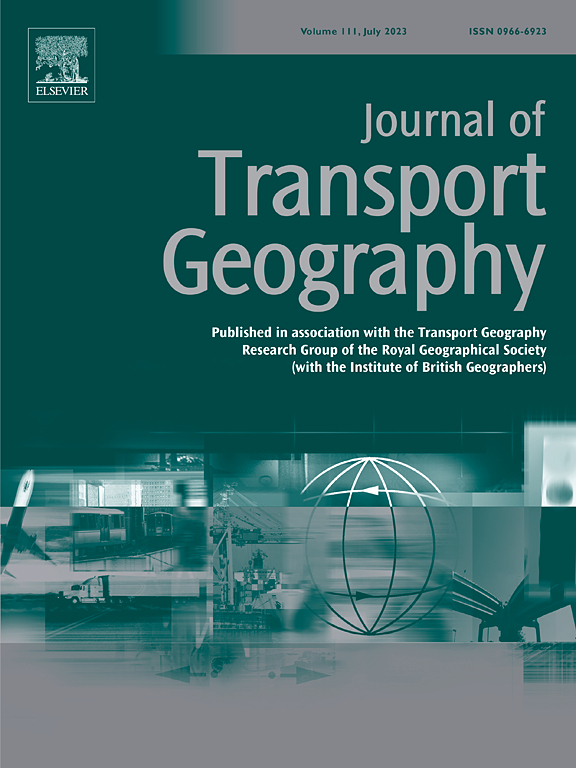Geospatial resilience of shipping alliances: Navigating the Red Sea crisis
IF 5.7
2区 工程技术
Q1 ECONOMICS
引用次数: 0
Abstract
In recent years, various disruptions have had widespread effects on the shipping industry, making the resilience of shipping companies increasingly crucial. Limited research has linked resilience with the operational strategies of shipping alliances. This paper addresses this gap by proposing a framework that describes how alliances adjust their operations at a spatial level in response to crises, using the Red Sea crisis as a case study. By leveraging extensive shipping satellite data, data mining algorithms, and appropriately developed models, the response strategies, performance, and network characteristics of the three main shipping alliances are assessed. The findings reveal that during the crisis, the shipping networks of the alliances became significantly more dispersed, with alliances increasing their port skipping rates to maintain relatively stable schedule reliability. Ports in the Red Sea region were skipped the most, and other ports in Asia and the Middle East also showed some increase. Meanwhile, vessel allocation and port coverage remained relatively stable. We also discussed the possible relationship between response strategies and the performance of alliances and suggested that increasing port skipping can improve their performance during a crisis. This research provides insights into the resilience of shipping alliances when confronted with unexpected disruptions.
航运联盟的地理空间弹性:应对红海危机
近年来,各种中断对航运业产生了广泛的影响,使航运公司的弹性变得越来越重要。有限的研究将弹性与航运联盟的运营战略联系起来。本文以红海危机为例,提出了一个框架,描述了联盟如何在空间层面上调整其行动以应对危机,从而解决了这一差距。通过利用广泛的航运卫星数据、数据挖掘算法和适当开发的模型,评估了三个主要航运联盟的响应策略、性能和网络特征。研究结果表明,在危机期间,联盟的航运网络变得更加分散,联盟增加跳港率以保持相对稳定的调度可靠性。红海地区的港口被遗漏的最多,亚洲和中东的其他港口也有所增加。同时,船舶分配和港口覆盖保持相对稳定。我们还讨论了响应策略与联盟绩效之间的可能关系,并提出增加端口跳变可以提高联盟在危机期间的绩效。这项研究为航运联盟在面对意外中断时的弹性提供了见解。
本文章由计算机程序翻译,如有差异,请以英文原文为准。
求助全文
约1分钟内获得全文
求助全文
来源期刊

Journal of Transport Geography
Multiple-
CiteScore
11.50
自引率
11.50%
发文量
197
期刊介绍:
A major resurgence has occurred in transport geography in the wake of political and policy changes, huge transport infrastructure projects and responses to urban traffic congestion. The Journal of Transport Geography provides a central focus for developments in this rapidly expanding sub-discipline.
 求助内容:
求助内容: 应助结果提醒方式:
应助结果提醒方式:


